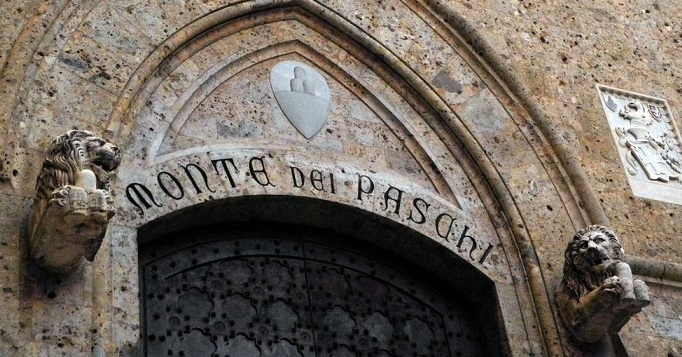EU Commission approved MPS bailout, Bank cuts 5500 jobs

The European Commission approved a €5.4 billion ($6.1 billion) state bailout of Italy’s Monte dei Paschi bank on Tuesday, allowing the Italian government to recapitalize and restructure the troubled lender. The gereen light came after the in-principle accord reached on June 1 by Economy Minister Pier Carlo Padoan and Competition Commissioner Margrethe Vestager.
The European Union’s executive arm said in a statement that it had approved the capital injection into Banca Monte dei Paschi di Siena SpA, or MPS, under the bloc’s state aid and bank resolution rules after the lender agreed to undergo a drastic restructuring.
"The two conditions for this agreement are now both fulfilled, namely the European Central Bank has confirmed that MPS is solvent and meets capital requirements, and Italy has obtained a formal commitment from private investors to purchase the bank's non-performing loan portfolio." The restructuring of MPS will be completed in five years during which the bank plans to "re-orient its business model".
Italian Economy Minister Pier Carlo Padoan hailed the news. "Today is a turning point for [MPS] and the credit sector in Italy," he wrote on Twitter, after announcing at a press conference that as a result of the state funds' injection, MPS will be 70% controlled by the government.
Padoan said the Siena lender would sell almost all of its non-performing loans, with a book value of more than €28 billion, by the middle of 2018. The minister was confident that the government would eventually recoup money invested in the bank.
However, banking reform is a political minefield, as the Italian government has to negotiate between EU rules limiting state aid, retail investors demanding public protection from losses, and taxpayers' unhappiness about their money being used to rescue banks.
The bank, on Wednesday morning, announced its new industrial plan to analysts. The Siena-based institute will cut 5,500 jobs of a total of 25,500 and close almost 600 branches within 2021.
The bank, which is the world's oldest and was laid low by years of mismanagement, poor lending practices and political interference, had defied efforts to bring it back to health. Its troubles peaked last year, when concerns over its stability and the flight of billions in deposits undermined confidence in Italy's banking sector as a whole.

